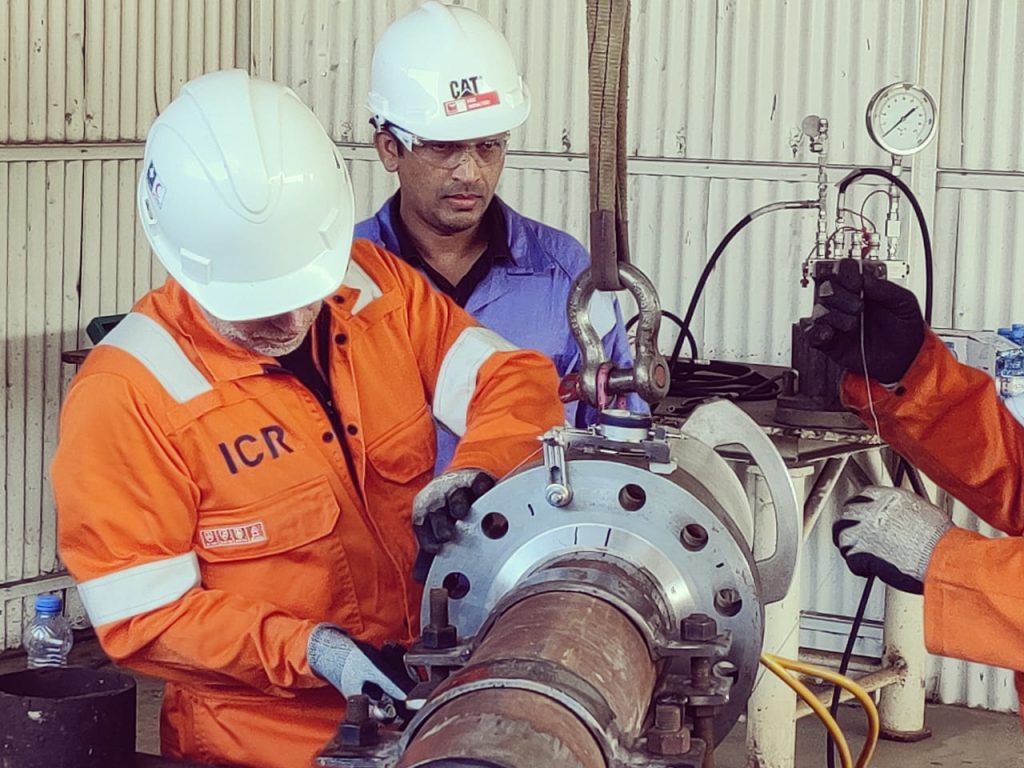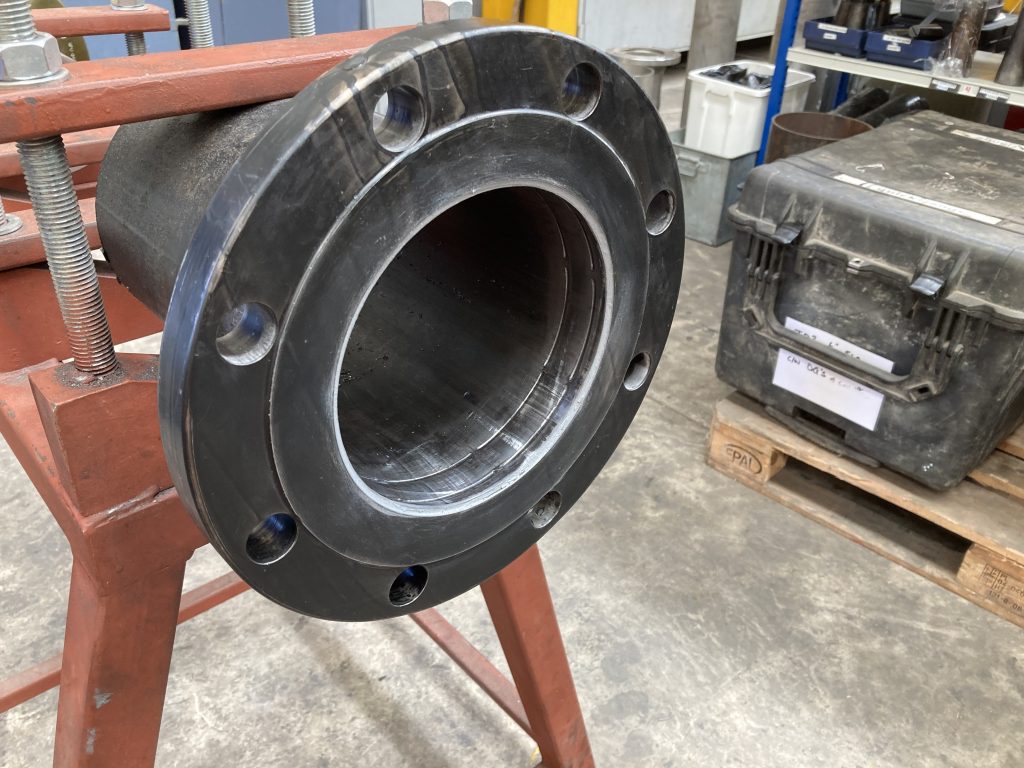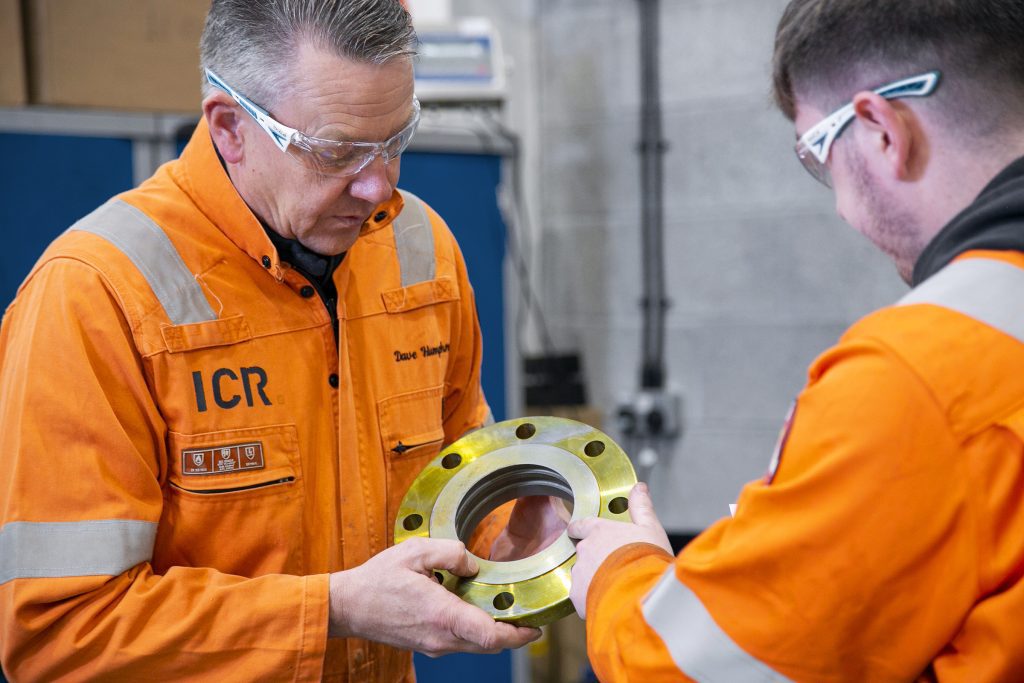Training Objectives
The objective of this training program is to equip external personnel with the fundamental skills required to install Quickflange connectors according to ICR’s standards. Participants will gain the necessary proficiency to install Quickflange connectors up to and including 8”. Upon completion, delegates will receive certification allowing them to conduct installations and conduct connection tests using a Flange Joint Tester (FJT) for a period of 2 years, extendable upon revalidation.
Content
1. Presentation covering Quickflange overview, technology, benefits, and key considerations.
2. Practical workshop session involving pipe preparation, key points on the installation checklist, and installation of various Quickflange Connectors ranging from 2” to 8”.
3. Introduction to FJT usage and assessment of sealing integrity.
4. Guidance on tooling preparation, grease procedure, and FAT test before use.
Assessment
The training assessment comprises both practical and theoretical components. Delegates will be tasked with preparing and executing various installations under close supervision to ensure understanding of rigging, installation, and safety protocols. Additionally, a theoretical exam with an 85% pass mark is required. Incorrect answers will be addressed to enhance the candidate’s knowledge.
Pre-requisites
While no mandatory pre-requisites exist, a basic understanding of piping and mechanical work, as well as rigging and slinging, is advantageous.
Expiration & Revalidation
Upon completion, installers will receive a 24-month certificate. To extend certification validity, candidates must complete 6 additional installations within the initial 24 months, logged on the Job Verification Document (JVD) and returned to ICR. Refresher training is required for those unable to fulfil the installation quota within the specified timeframe.
Advanced Training Objectives
The advanced course aims to provide participants with advanced knowledge for installing Quickflange connectors up to and including 12” using the XP3 tooling. It is recommended that candidates gain experience after completing the standard course, demonstrated through submitted JVDs. In certain cases, candidates may progress to the advanced course following assessment of understanding during the standard training, subject to approval by an ICR Assessor.
Exclusions
The use of the largest tooling (D5) is typically reserved for 14” installations where a 2 person team is required which includes an ICR Quickflange Supervisor for safety due to the equipment’s size and weight.



Send us your enquiry
Please complete the form below, and a member of our team will be in touch as soon as possible. Alternatively, please send your enquiry directly to sales@icr-world.com

